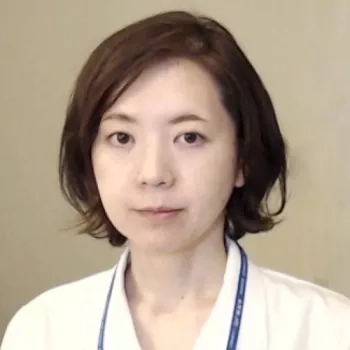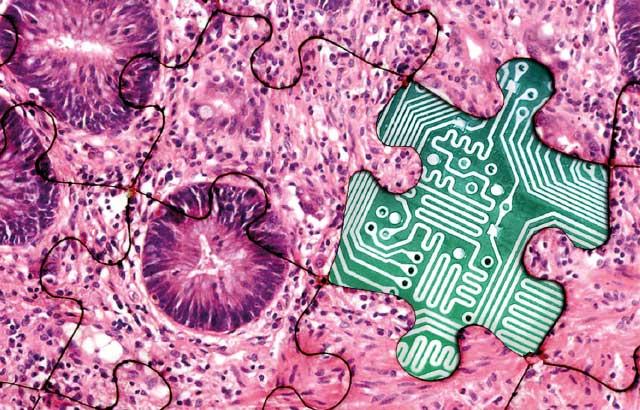Making the most of the Digital Pathology System: Beyond a simple connection between LIS and IMS
The amount of information that pathologists handle on a daily basis is increasing with the complexity of diagnostic procedures, and there is a need to reduce the workload per person.
One of the approaches to improve efficiency is to digitize information. The aim of digitization in pathology is not to replace pathologists with machines, but to support pathologists in complicated and time-consuming tasks.
Over the past two years, we have implemented a digital pathology system at our institute and integrated it with laboratory and hospital systems.
Through digitization, the data can be processed, analyzed and shared over a network, replacing individual tasks with data processing, thus automating them, and reducing time.
As a result, pathologists will concentrate on more essential tasks and improve their overall workflow. In this presentation, we discuss how we have utilized digital data and integrated databases, and some of the practical issues involved.
About the presenter

Dr Tsuyama is a board-certified pathologist with over 15 years of clinical experience. She received training in cancer diagnostics, specializing in hematopathology, at the Cancer Institute Hospital of the Japanese Foundation for Cancer Research in Tokyo. Since 2018, this institute has been developing the Innovative AI Hospital System as part of a national project, aiming to incorporate AI into clinical practice and extend its benefits to various medical service providers. Dr Tsuyama plays a crucial role in integrating the digital pathology system with laboratory and hospital infrastructures, elevating the efficiency of pathology workflows, and leading the development of an AI-assisted support system for diagnostics.
Related Content
Leica Biosystems Knowledge Pathway content is subject to the Leica Biosystems website terms of use, available at: Legal Notice. The content, including webinars, training presentations and related materials is intended to provide general information regarding particular subjects of interest to health care professionals and is not intended to be, and should not be construed as, medical, regulatory or legal advice. The views and opinions expressed in any third-party content reflect the personal views and opinions of the speaker(s)/author(s) and do not necessarily represent or reflect the views or opinions of Leica Biosystems, its employees or agents. Any links contained in the content which provides access to third party resources or content is provided for convenience only.
For the use of any product, the applicable product documentation, including information guides, inserts and operation manuals should be consulted.
Copyright © 2024 Leica Biosystems division of Leica Microsystems, Inc. and its Leica Biosystems affiliates. All rights reserved. LEICA and the Leica Logo are registered trademarks of Leica Microsystems IR GmbH.


